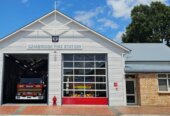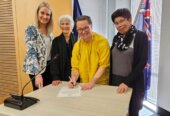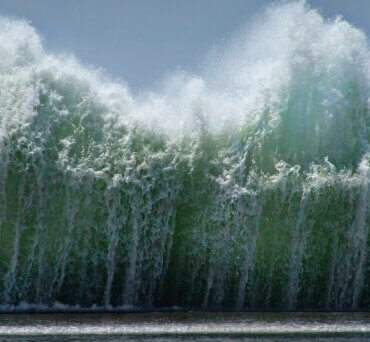
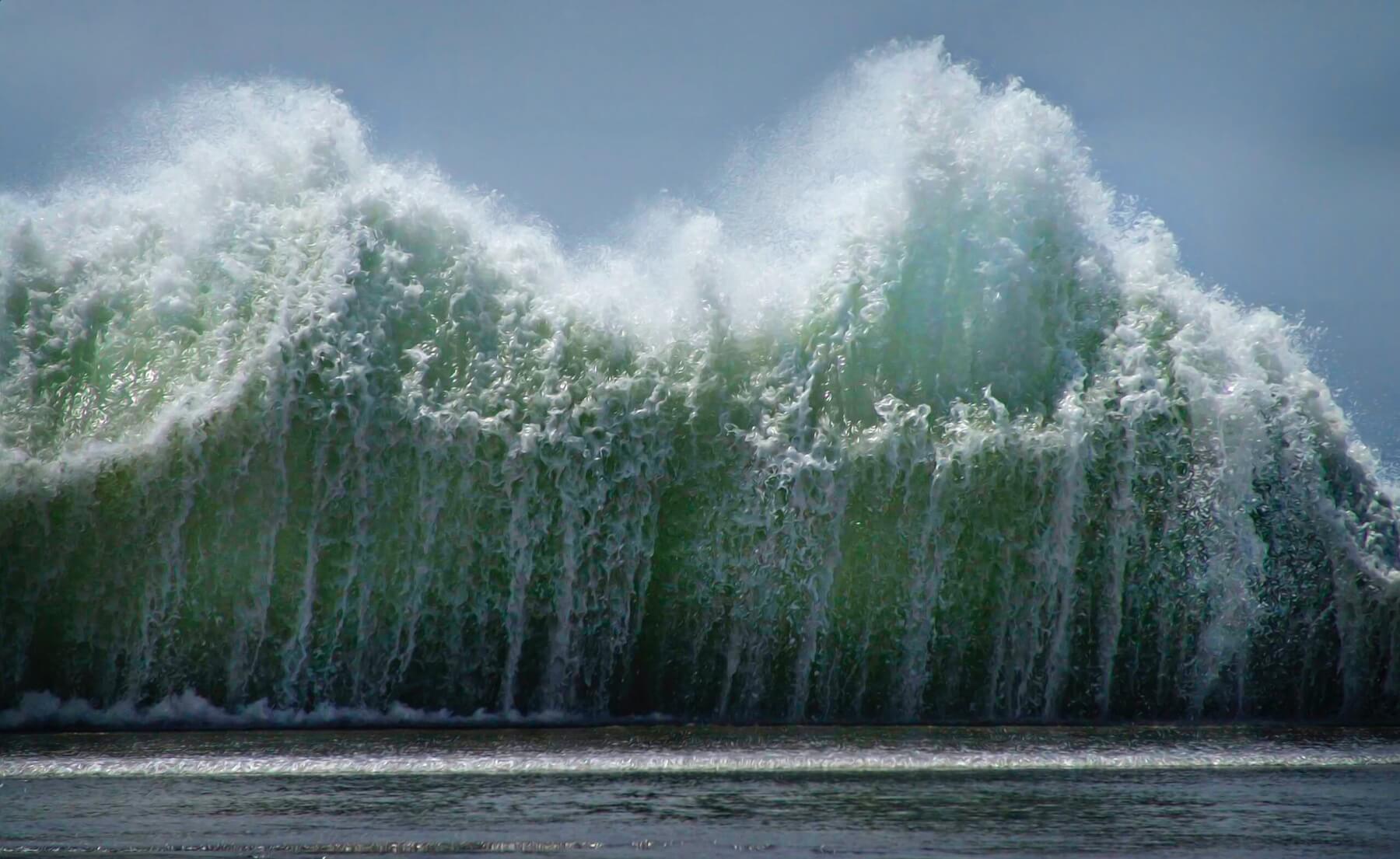
Giant tsunami wave. Photo by Ray Bilcliff, Pexels.
On October 19 we have the New Zealand Shakeout earthquake drill and tsunami hīkoi, a chance to practice what to do in an earthquake, as well as a tsunami evacuation walk if you are near the coast.

Janine Krippner
If you have been in a crisis situation like I have, you’ll know that our brains don’t think the same way during a scary event. We might not remember even seemingly obvious actions. If we can practice what to do, we might respond much faster. Those of us in hazards fields care so much about these drills because during an earthquake or tsunami, quick actions save lives and can reduce or prevent injury. Over and over again we see death tolls rising with each new disaster, and we know what actions can increase your odds of survival. Your quick action can also save those around you.
The advice for when an earthquake strikes in Aotearoa/New Zealand is backed by research – drop, cover, and hold on. Not jump out of bed and run outside. Why? First of all, you can be thrown to the ground when the earth below you is violently shaking. Many movies show people running, but this might not be possible. Objects around you may also be thrown to the ground and you might get in the way. Dropping to your hands and knees protects you from falling, and lets you move if you need to. “Cover” means get under a nearby sturdy table or desk if there is one within a few steps, or cover your head and neck with your arms and hands. This step is to protect you as much as possible from falling objects. “Hold on” to your shelter or to your position of holding your head and neck, if your shelter moves, move with it, and wait until the shaking stops. A drill is a good time to practice this and take note of what could be happening around you (what could fall?) in a real event.
Running outside is dangerous, not only can you get injured trying to move, but if you remember our recent earthquakes, brickwork and other dangerous objects can be falling from buildings. Remember all the bricks and other heavy materials in the streets after the 2011 Christchurch earthquake? Most injuries are from collapsing walls, and falling glass and other objects. After hearing from responders about how common it is for people to get glass in their feet during and after an earthquake, I have shoes by my bed now. Can you imagine trying to get through a disaster with glass in your feet? Not ideal. Speaking of the bedroom, if you’re in bed stay there and cover your head. It’s also not good to have objects above your bed, especially something like a sword collection… Yes, that happens.
There is a lot of advice online that has been disproven, such as the “triangle of life”. Standing in a door frame is also not a safe option. Advice has changed over time with modern building codes and with more research undertaken in areas that have experienced earthquakes. Please check out the get ready government website for more information in English and te reo Māori, including advice for different situations like driving, being outside, in a theatre, if you have a mobility aid or wheelchair, for a tsunami, what to do before and after an earthquake, and how to take part in the drill. There is even a certificate you can print for kids taking part. Empowering our children with knowing how to protect themselves is so important.
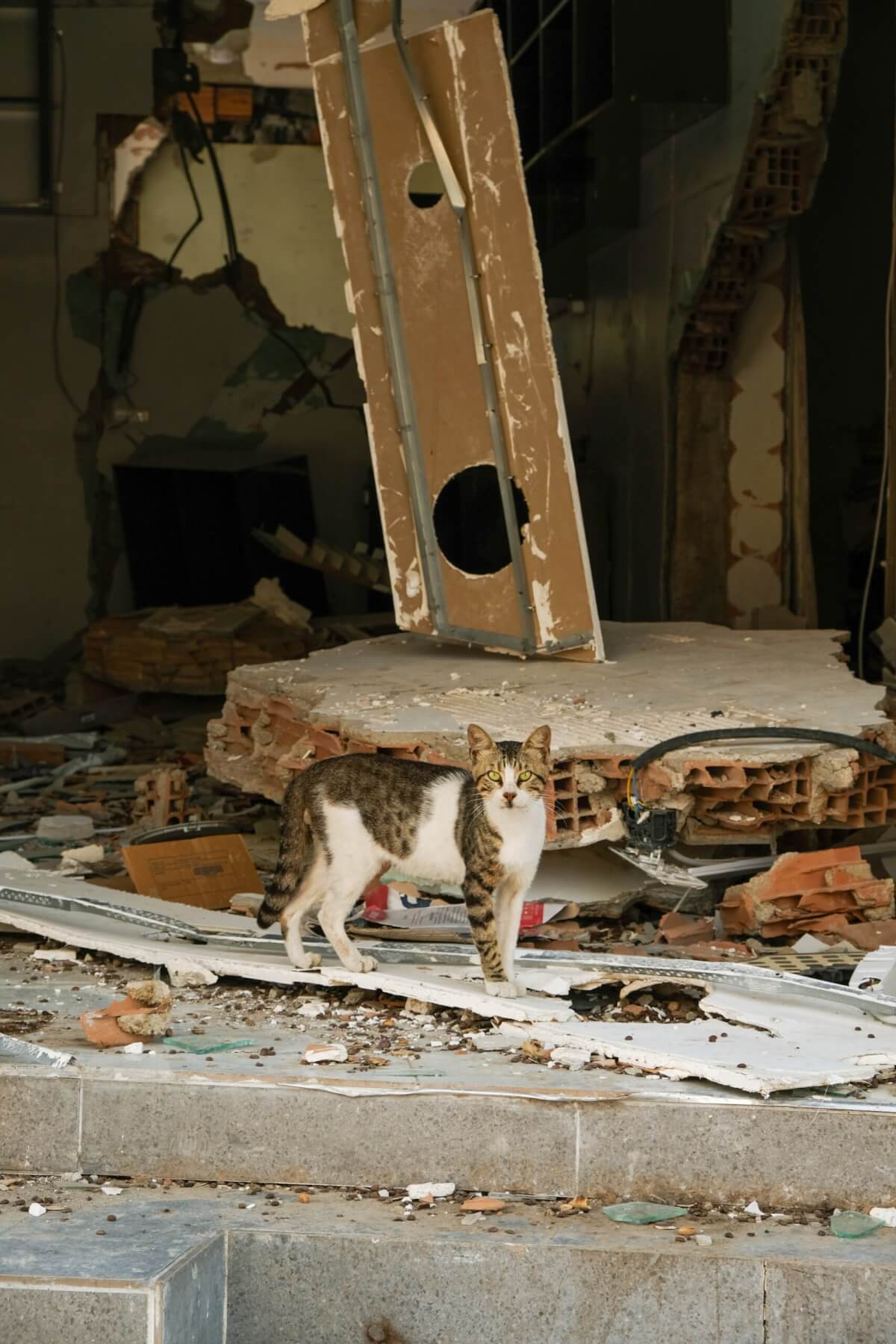
Most injuries are from collapsing walls, and falling glass and other objects. Photo by Fotoğrafınruhu, Pexels.




